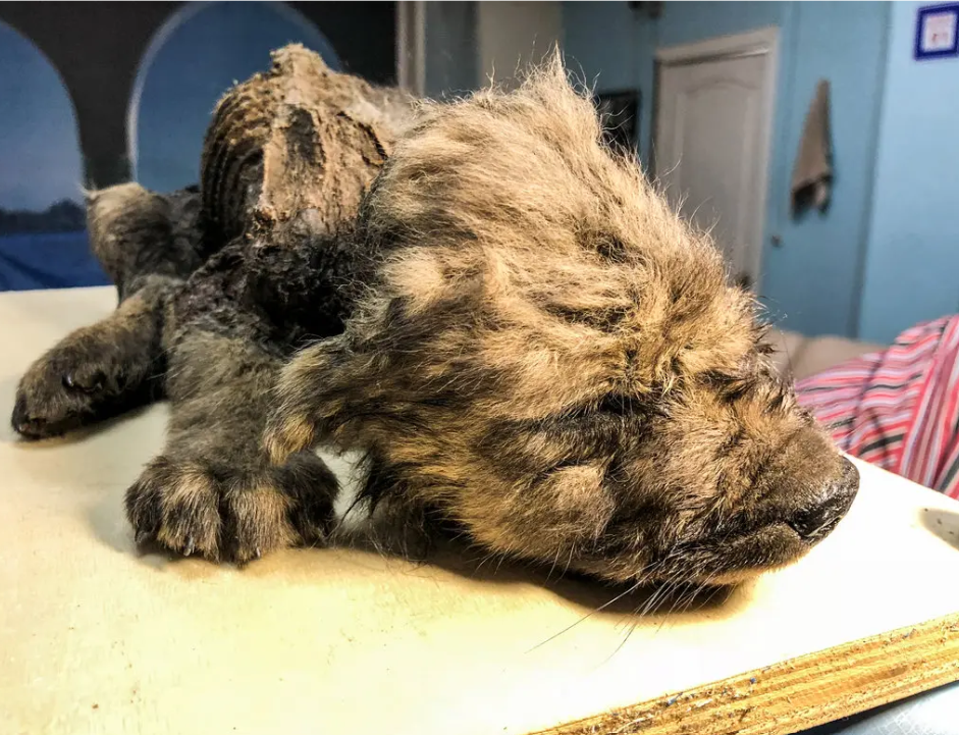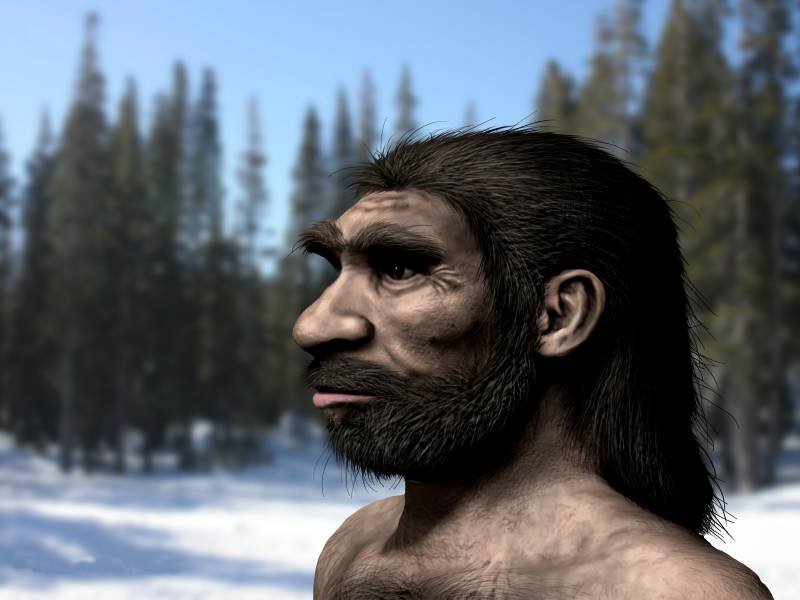Across the planet, there are places where the past refuses to explain itself. Stones are carved with a precision that seems to outstrip the tools of their age, cities plunge deep underground for reasons no text fully records, and vast designs are etched into deserts where their makers could never have seen them from above. Archaeologists are not dealing with magic here, but with gaps in the evidence so large that even the best hypotheses feel provisional. These sites sit at the crossroads of mythology and measurement, inspiring fringe theories while pushing serious researchers to refine what we think we know about early societies. In 2025, new tools like lidar, AI-based image analysis, and ancient DNA are finally beginning to close some of those gaps – but the mysteries are far from over.
Göbekli Tepe, Türkiye: The Temple That Rewrote Prehistory
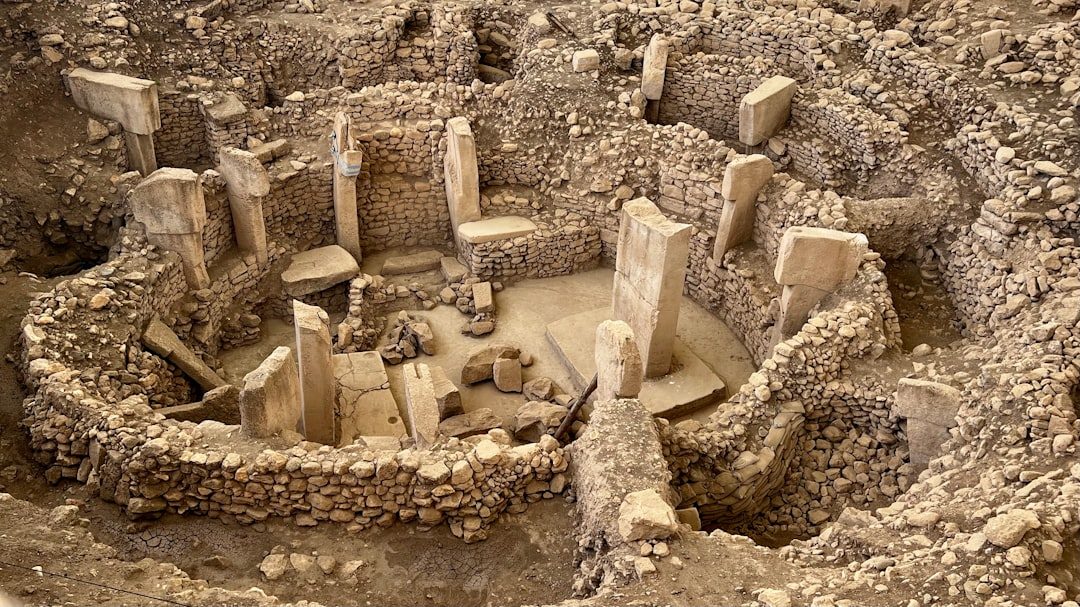
What if the first great monuments came before farming, not after it? That is the unsettling question raised by Göbekli Tepe, a hilltop complex of stone enclosures in southeastern Türkiye dating back to roughly twelve thousand years ago. At a time when most humans were still hunting gazelle and gathering wild grasses, people here were erecting T‑shaped pillars more than five meters tall, some carved with snarling predators, vultures, and abstract symbols. The site appears to have been deliberately buried around eight thousand years ago, as if the builders were tidying away a chapter of their own story.
Archaeologists largely agree that Göbekli Tepe was some kind of ritual or ceremonial center, not a village, which upends the traditional sequence that agriculture led to permanent settlements, which then led to temples. Instead, it suggests people may have gathered for shared beliefs first, and reorganized their economic life to support that effort. Excavations and geophysical surveys indicate there are many more unfinished or still-buried enclosures under the mound, hinting at centuries of evolving ritual practice. For now, no one is entirely sure who these builders were, how they organized such labor, or why they walked away from a place that must have dominated their spiritual landscape.
Stonehenge, United Kingdom: A Monument Aligned With the Skies
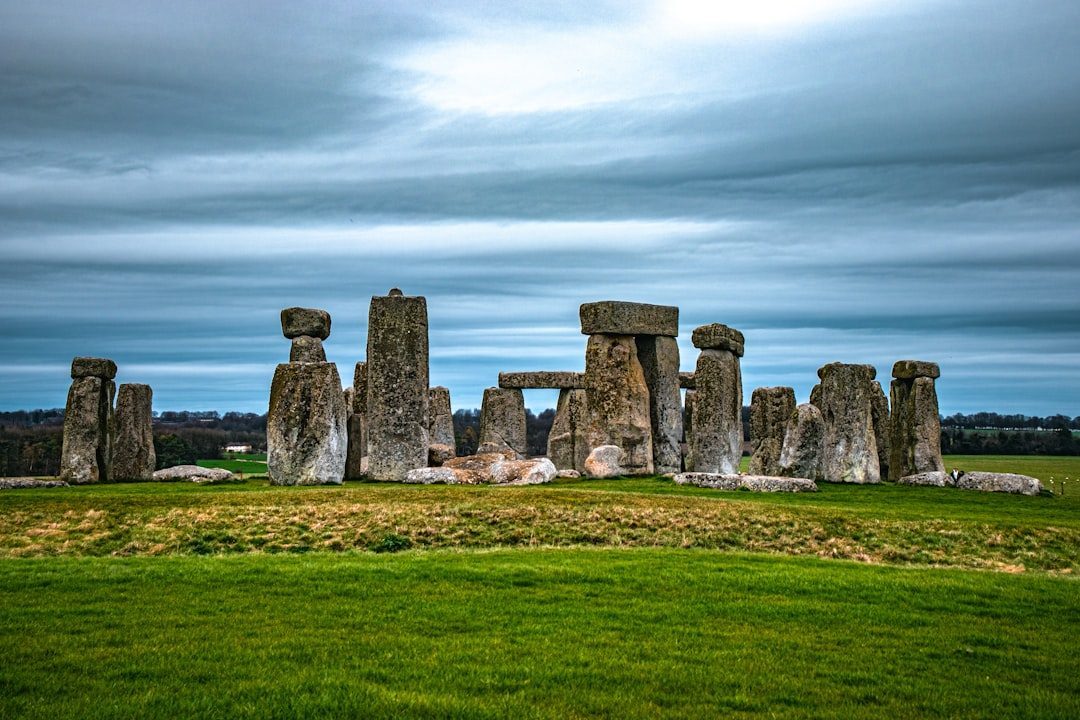
Stonehenge is so iconic that it is easy to forget how profoundly strange it remains. On the Salisbury Plain, enormous sarsen blocks and smaller bluestones were hauled from distances of up to 150 miles and arranged in a complex series of rings, horseshoes, and avenues over more than a thousand years. The main axis of the monument lines up with the midsummer sunrise and midwinter sunset, transforming the monument into a kind of seasonal calendar built in stone. Yet, even with decades of meticulous excavation, the exact purpose of this alignment is still debated.
Recent research has reframed Stonehenge as just one piece of a broader ritual landscape that once included timber circles, processional roads, and nearby burial mounds. Isotope analysis of human remains suggests that some of the people buried in the area came from far beyond southern Britain, turning Stonehenge into a likely magnet for long-distance pilgrims. Some specialists argue it functioned as a ceremonial hub for the dead, others as a healing sanctuary or a place to forge alliances. What remains striking is that a society without metal tools moved stones weighing as much as a city bus, apparently for reasons that combined astronomy, ancestor veneration, and political power in ways we are only beginning to grasp.
Nazca Lines, Peru: Messages Written at Desert Scale

In the coastal desert of southern Peru, hundreds of giant lines, geometric shapes, and animal figures stretch across the landscape, many so vast they can only be appreciated from the air. These Nazca geoglyphs, created between roughly twenty-five hundred and fifteen hundred years ago, were made by scraping away the dark surface pebbles to expose the pale soil beneath. Unlike a painting on a wall, these images exist as negative space on the Earth itself: hummingbirds almost as long as a football field, sprawling trapezoids, and arrow-straight lines cutting across dry valleys. Standing at ground level, you can walk right through a figure and never quite see it.
Researchers have suggested everything from star maps to ritual pathways, and there is growing evidence that many of the lines were part of ceremonial processions connected to water and fertility in a harsh, unpredictable environment. In recent years, drones and AI-based pattern recognition have identified hundreds of previously unknown, smaller figures that complicate the story further by revealing multiple phases of geoglyph-making. At the same time, the site is under mounting pressure: illegal roads, mining concessions, and even careless tourism have already scarred some lines, and political decisions in 2025 to reduce protected areas around Nazca have alarmed archaeologists. The Nazca Lines are a reminder that mysteries are not only solved in the field or the lab – they can also be lost to short-term interests long before we fully understand them.
Derinkuyu, Türkiye: The Underground City With No Clear Blueprint
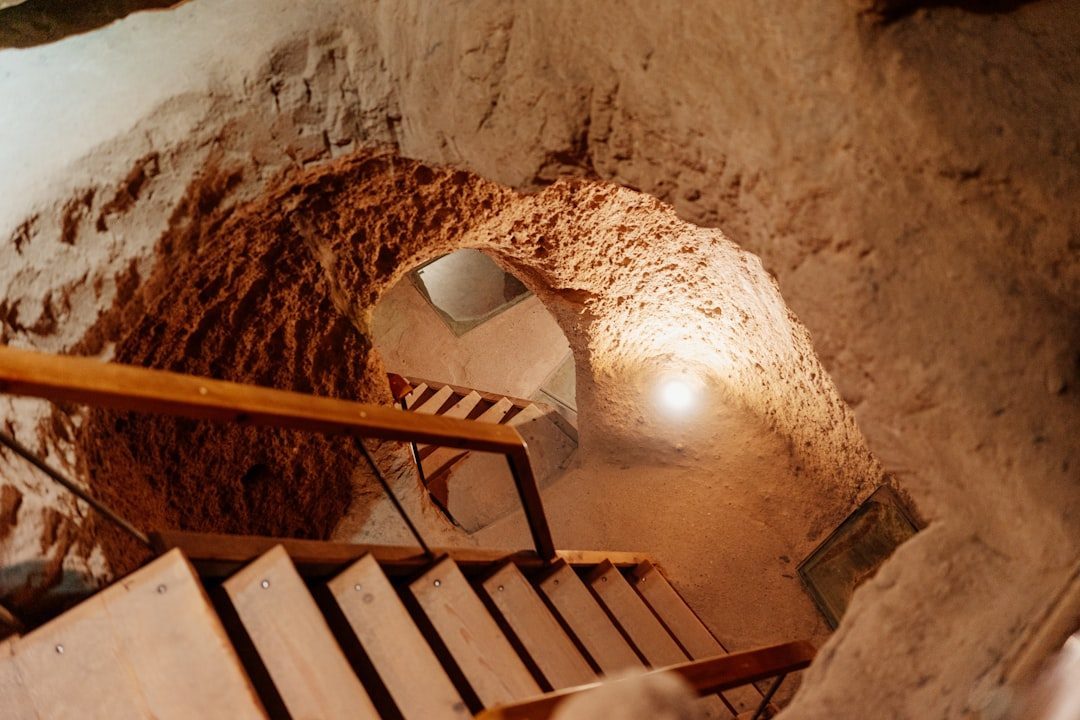
Imagine a city that chooses to hide downward instead of reaching toward the sky. In Cappadocia, central Türkiye, the underground city of Derinkuyu plunges more than eighty meters below the surface in a honeycomb of rooms, tunnels, ventilation shafts, and rolling stone doors. At its peak, it may have sheltered tens of thousands of people and their animals, complete with wineries, kitchens, stables, storage chambers, and a large hall thought to be used as a school or chapel. The engineering is quietly astonishing: air shafts keep the deeper levels breathable, while blocked passages and bottlenecks could slow or trap intruders.
Archaeologists can link much of Derinkuyu’s use to late antiquity and the medieval period, when communities in this borderland between empires needed refuges from raids. But the deeper question persists: when did this carving begin, and who first decided to turn soft volcanic tuff into a multi‑level sanctuary? The absence of clear, early written records leaves room for competing theories, from early Phrygian experiments in rock-cut architecture to stepwise expansions over many centuries of crisis. What is clear is that Derinkuyu captures a very human response to danger: when the world above becomes uncertain, some societies literally build a safer world below their feet.
Yonaguni Monument, Japan: Natural Wonder or Sunken Architecture?
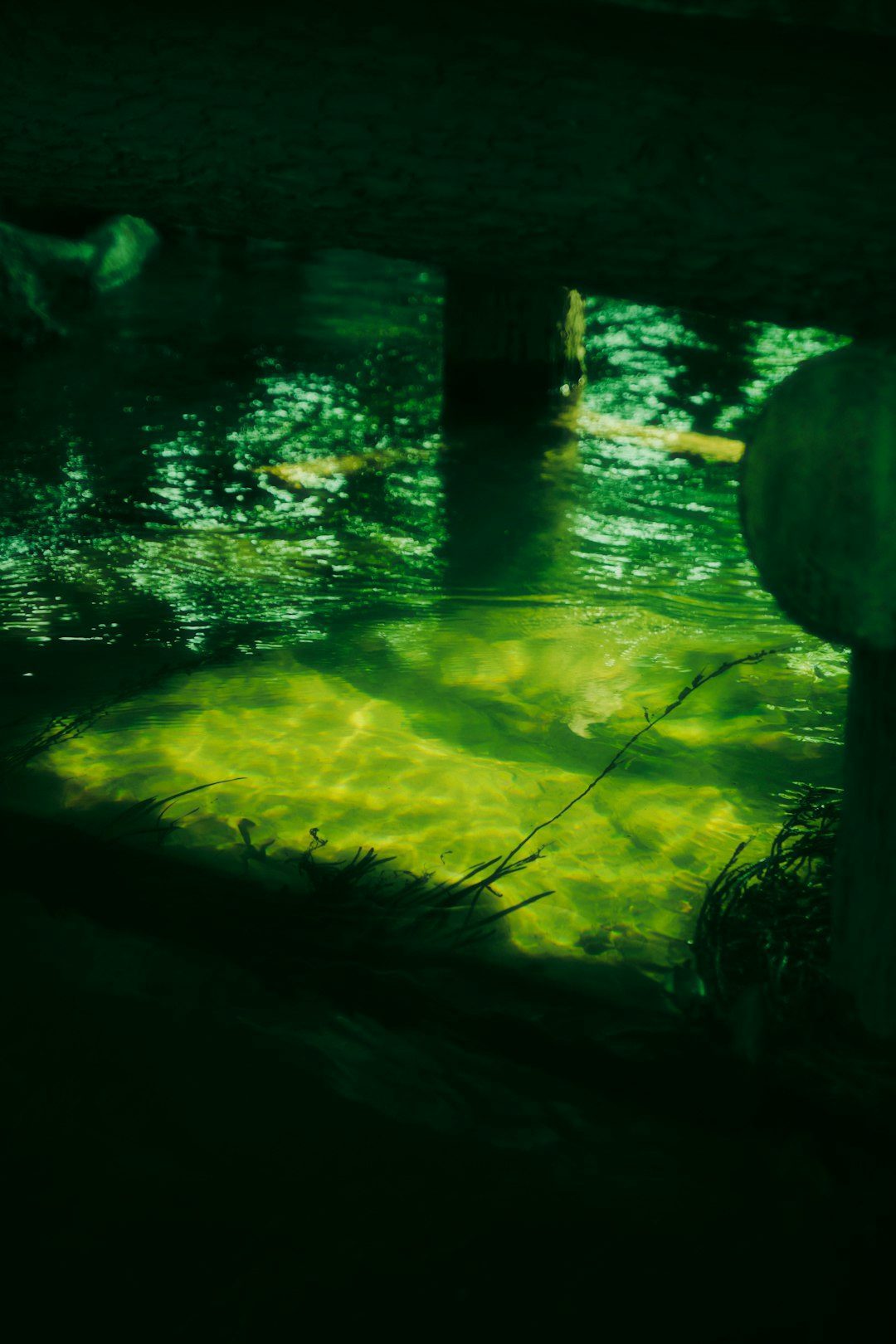
Off the coast of Yonaguni Island in Japan, divers descend to find what looks, at first glance, like a submerged staircase to some forgotten temple. The Yonaguni Monument is a massive rock formation about twenty‑six meters underwater, characterized by sharp-edged terraces, straight-sided blocks, and what appear to be steps and platforms. To many casual observers, it feels impossible that such geometry could arise from natural forces alone. That visual shock has fueled claims that this is a sunken city or even the remains of a prehistoric civilization predating the pyramids.
Most geologists who have examined the site argue that Yonaguni’s shapes can be explained by the natural fracturing and erosion of sandstone, which tends to break along planes and form flat surfaces, ledges, and right angles. A smaller group of researchers, along with a large online following, maintain that human modification is at least plausible, pointing to features they interpret as carved steps or aligned blocks. The scientific stalemate is sharpened by the challenges of underwater archaeology: excavation is expensive, visibility is limited, and long-term projects are hard to fund. For now, Yonaguni sits in a limbo that reveals as much about our hunger for lost continents as it does about the seafloor itself.
Teotihuacan, Mexico: The City of the Unknown Rulers
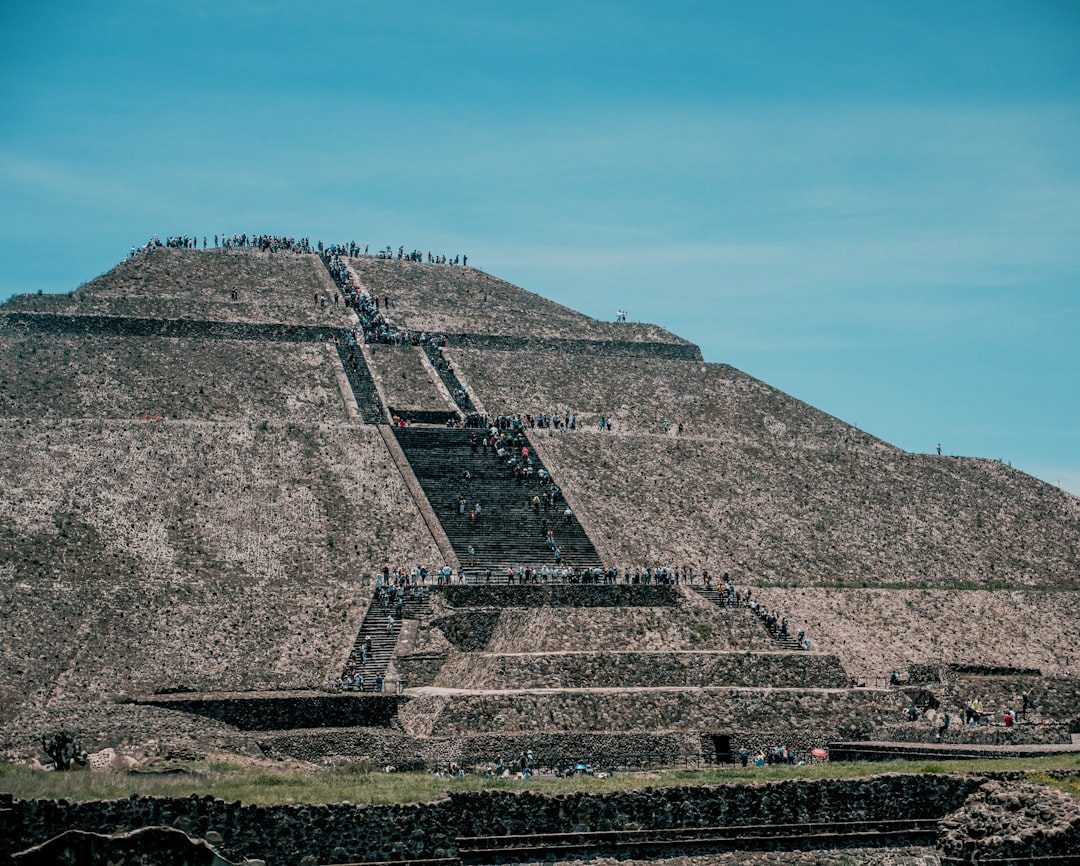
Just northeast of modern Mexico City lies Teotihuacan, a planned metropolis of broad avenues, pyramids, and apartment compounds that was already ancient when the Aztecs walked among its ruins. At its height, around fifteen hundred to two thousand years ago, it may have housed well over one hundred thousand residents, making it one of the largest cities in the world at the time. The Avenue of the Dead runs straight toward the Pyramid of the Moon, while the Pyramid of the Sun looms over the urban grid with a volume rivaling some Egyptian pyramids. Despite its scale, we do not even know the original name of the city, let alone the identities of its rulers.
Recent excavations have discovered murals, obsidian workshops, and offerings beneath pyramids that point to a complex state religion linking warfare, sacrifice, and cosmic order. Some tunnels and chambers under the main temples were found lined with metallic spheres and liquid mercury, perhaps to evoke an underworld river or night sky, but their precise ritual function remains uncertain. Isotope studies of skeletons suggest a remarkably diverse population with immigrants from many regions of Mesoamerica, raising questions about how Teotihuacan managed its power and influence without leaving behind obvious royal monuments or kingly inscriptions. The city’s eventual collapse, followed by deliberate burning of elite buildings, hints at internal upheaval that we can see in ash but not yet hear in words.
Rapa Nui (Easter Island), Chile: The Moai and the Question of Collapse
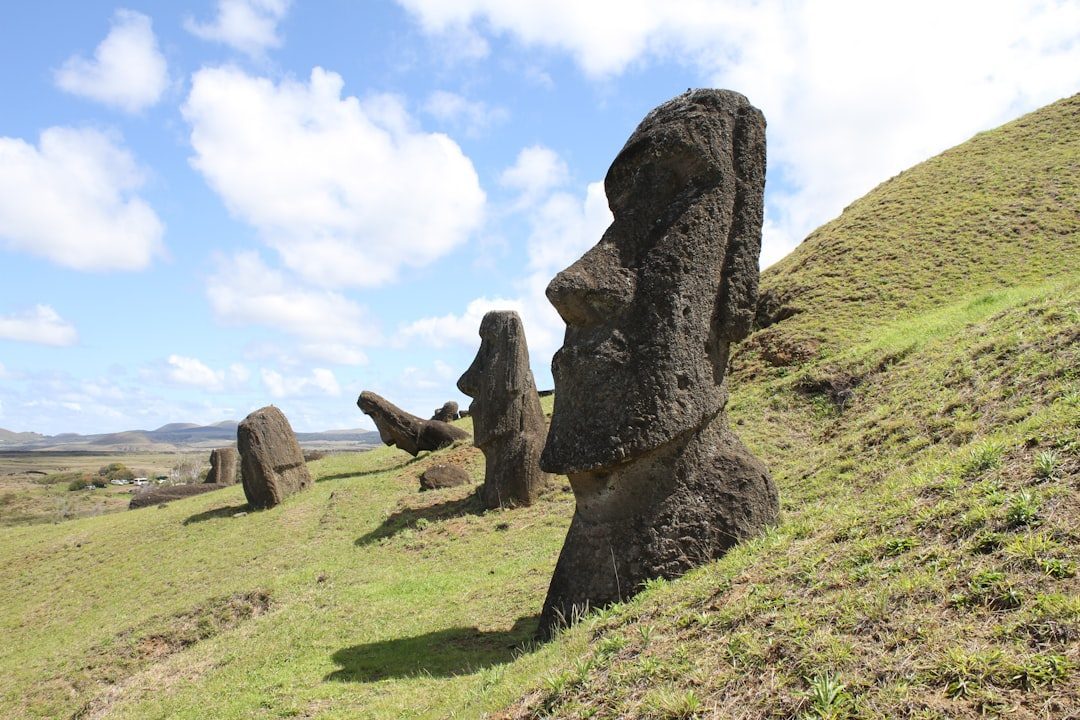
Few images are as haunting as the stone faces of Rapa Nui, better known as Easter Island, staring inland from the slopes and coastlines of a remote Pacific outpost. The island’s massive moai statues, some weighing more than seventy tons, were carved from volcanic tuff and then transported kilometers to be raised on ceremonial platforms. For a long time, the popular story was simple and grim: people cut down all their trees to move statues, wrecked their ecosystem, and collapsed in isolation. It was a neat morality tale – but reality, as current research shows, is far more complicated.
Archaeologists now argue that the islanders managed a surprisingly resilient landscape using rock gardens and careful soil management, and that European contact, disease, and enslavement in the nineteenth century played a huge role in the island’s demographic catastrophe. What still puzzles researchers is how communities organized the labor to carve, move, and raise so many moai, and how those statues functioned within a belief system that tied ancestors to specific territories. Experimental archaeology has shown that relatively small teams can “walk” replicas of moai upright using ropes and coordinated effort, but this does not fully answer why production eventually slowed and stopped. The mystery of Rapa Nui is shifting from tales of self-destruction to a deeper question about how small societies adapt – or fail to adapt – when outside forces arrive at the edge of their world.
Why These Mysteries Matter for Anthropology and Us

It is tempting to treat these sites as curiosities, the archaeological equivalent of campfire stories, but they are much more than that. Places like Göbekli Tepe, Teotihuacan, and the Nazca Lines force anthropologists to confront uncomfortable questions about how quickly complex behavior can emerge and how incomplete our models of social evolution really are. When a hunter‑gatherer society organizes the construction of towering stone circles, or when a city the size of a modern metropolis leaves us almost no names, it suggests our usual narratives about progress, hierarchy, and technology are too tidy. Each mystery is a pressure test on theories about what humans are capable of under different ecological and cultural constraints.
There is also a humbling psychological dimension. These sites remind us that people in the deep past were not primitive versions of us; they were equally capable of abstraction, devotion, and engineering ingenuity, working with different toolkits and different priorities. On a more practical level, studying how past societies handled environmental stress, political conflict, and belief systems gives us analogues – imperfect but invaluable – for grappling with our own century’s challenges. The questions we ask of Stonehenge or Rapa Nui are, in a way, the same ones we ask of modern cities: how do we organize ourselves, what do we choose to build, and what will still be standing when our own records have faded?
The Future Landscape: New Tools for Old Stones
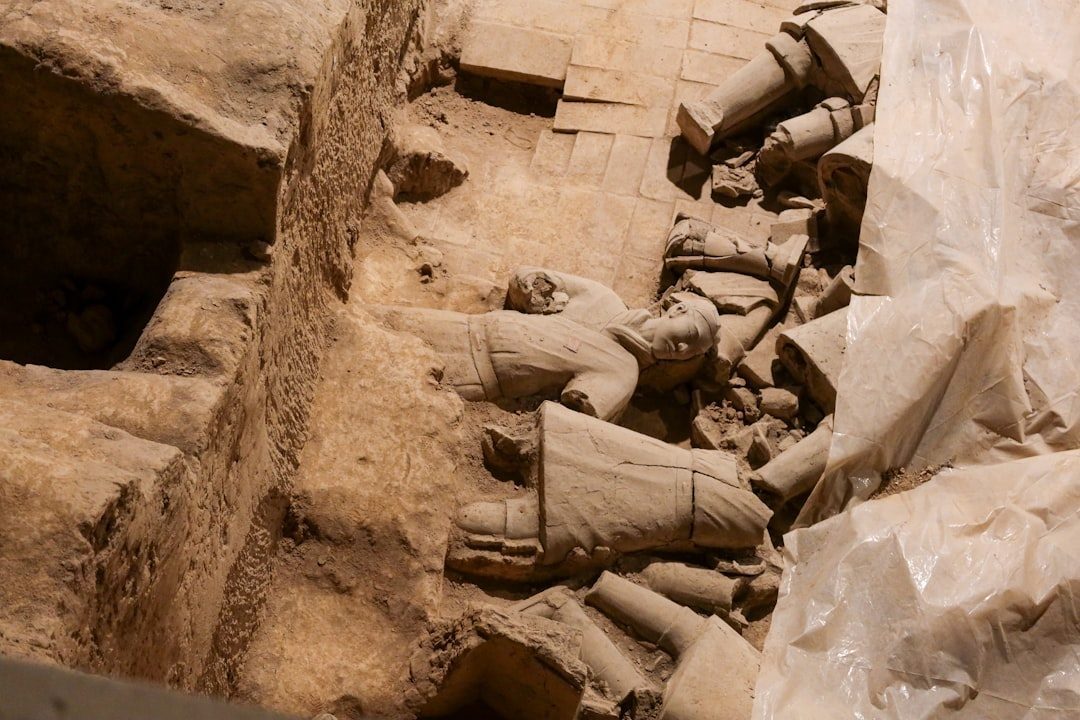
The next decade of research into these mysterious sites is unlikely to revolve around a single dramatic discovery; instead, it will be shaped by quieter revolutions in technology. Lidar, which can peel away vegetation from digital terrain models, has already revealed hidden structures around known sites, and is now being combined with machine learning to spot subtle patterns in landscapes that once hid in plain sight. In Peru, AI analysis of aerial images has uncovered new Nazca-style geoglyphs that were too faint or fragmented for the human eye to pick out quickly, suggesting there may be entire phases of ritual activity still unrecognized. Underwater robotics and advanced sonar are slowly making places like Yonaguni more accessible to systematic survey rather than just dive-tour videos.
At the same time, advances in geochemical analysis, ancient DNA, and residue studies are transforming how we read fragments of bone, soil, and stone. Even microscopic traces on tools or floors can now hint at what rituals involved, what people ate at feasts, and how far trade networks reached. However, these methods come with ethical and practical challenges: destructive sampling must be balanced with preservation, and there is a risk that well-funded “mystery” sites attract attention at the expense of less glamorous but equally important places. The real frontier is not only technological but collaborative – bringing together local communities, governments, and international teams to decide which questions to ask, and how to protect fragile evidence while the tools to decode it are still evolving.
How Readers Can Engage With Earth’s Ancient Mysteries

You do not need a trowel or a PhD to have a stake in how these stories unfold. One of the most immediate ways to engage is to be a responsible traveler: if you visit sites like Stonehenge, Teotihuacan, or Cappadocia, stay on marked paths, respect barriers, and support local guides who work in partnership with archaeologists rather than against them. It sounds small, but foot traffic, souvenir hunting, and casual drone use can damage fragile surfaces or disturb ongoing research. Choosing tours and operators that clearly fund conservation or community projects helps shift economic incentives toward preservation rather than short-term exploitation.
From home, you can follow excavation updates from university teams and heritage organizations, many of which now share open-access reports, 3D models, and virtual tours. Supporting reputable museums, signing petitions that oppose harmful development near vulnerable sites, or donating to archaeological and conservation charities all make a difference. Perhaps the most powerful action, though, is cultural: resist the lure of easy, sensational explanations and treat these places as invitations to think harder, not shortcuts to grand conspiracies. When we choose careful curiosity over quick myths, we give archaeologists – and the ancestors they study – the respect they deserve.

Suhail Ahmed is a passionate digital professional and nature enthusiast with over 8 years of experience in content strategy, SEO, web development, and digital operations. Alongside his freelance journey, Suhail actively contributes to nature and wildlife platforms like Discover Wildlife, where he channels his curiosity for the planet into engaging, educational storytelling.
With a strong background in managing digital ecosystems — from ecommerce stores and WordPress websites to social media and automation — Suhail merges technical precision with creative insight. His content reflects a rare balance: SEO-friendly yet deeply human, data-informed yet emotionally resonant.
Driven by a love for discovery and storytelling, Suhail believes in using digital platforms to amplify causes that matter — especially those protecting Earth’s biodiversity and inspiring sustainable living. Whether he’s managing online projects or crafting wildlife content, his goal remains the same: to inform, inspire, and leave a positive digital footprint.



